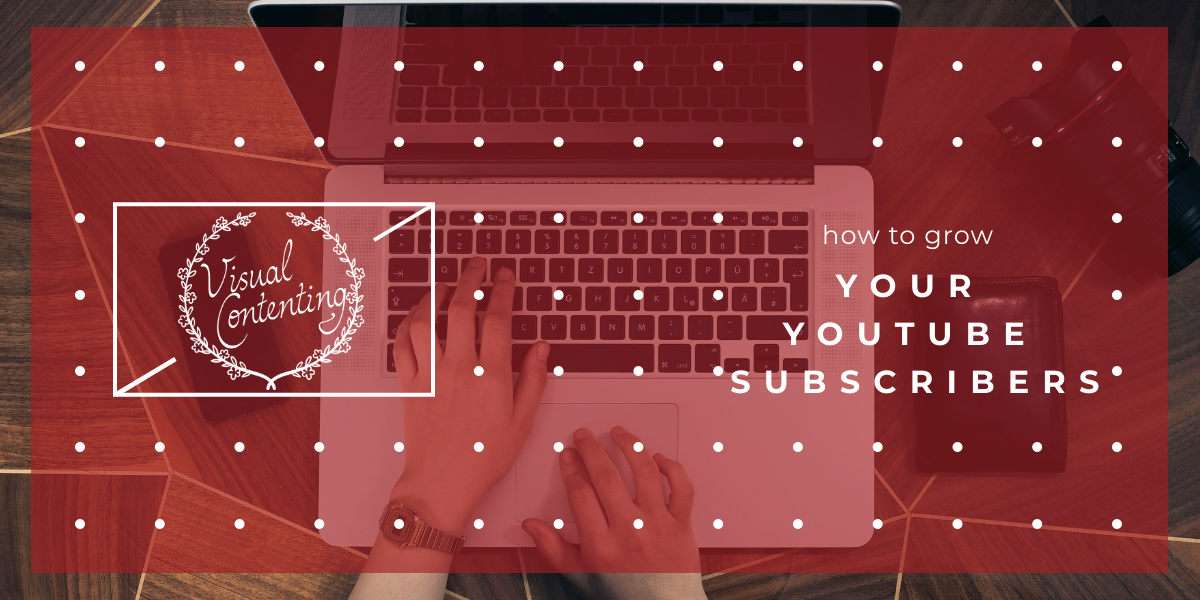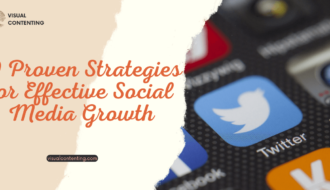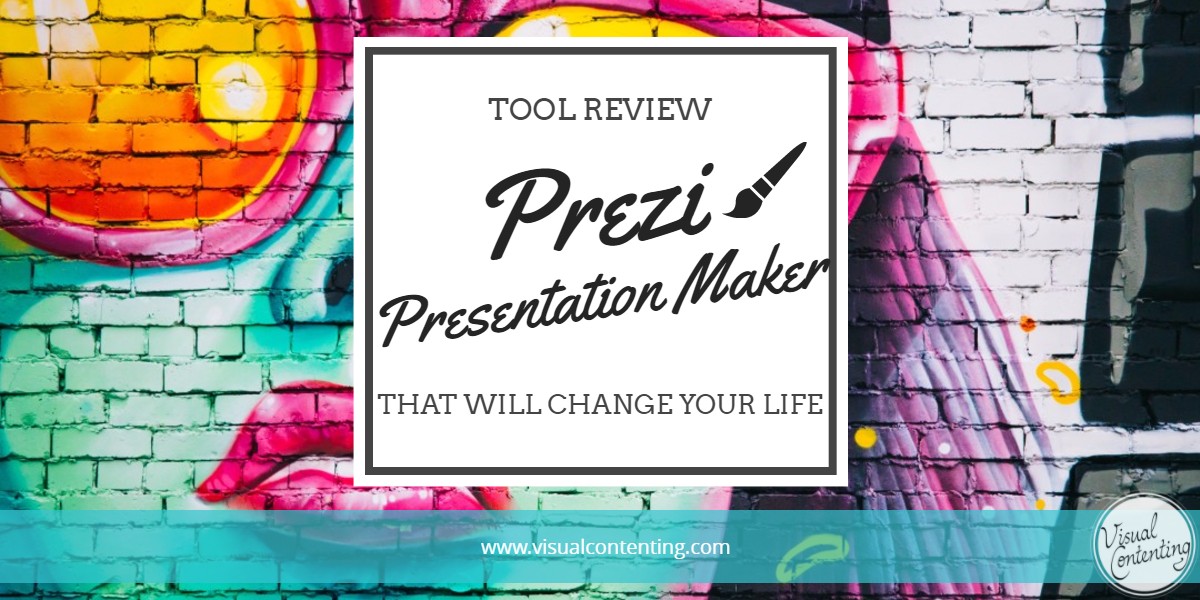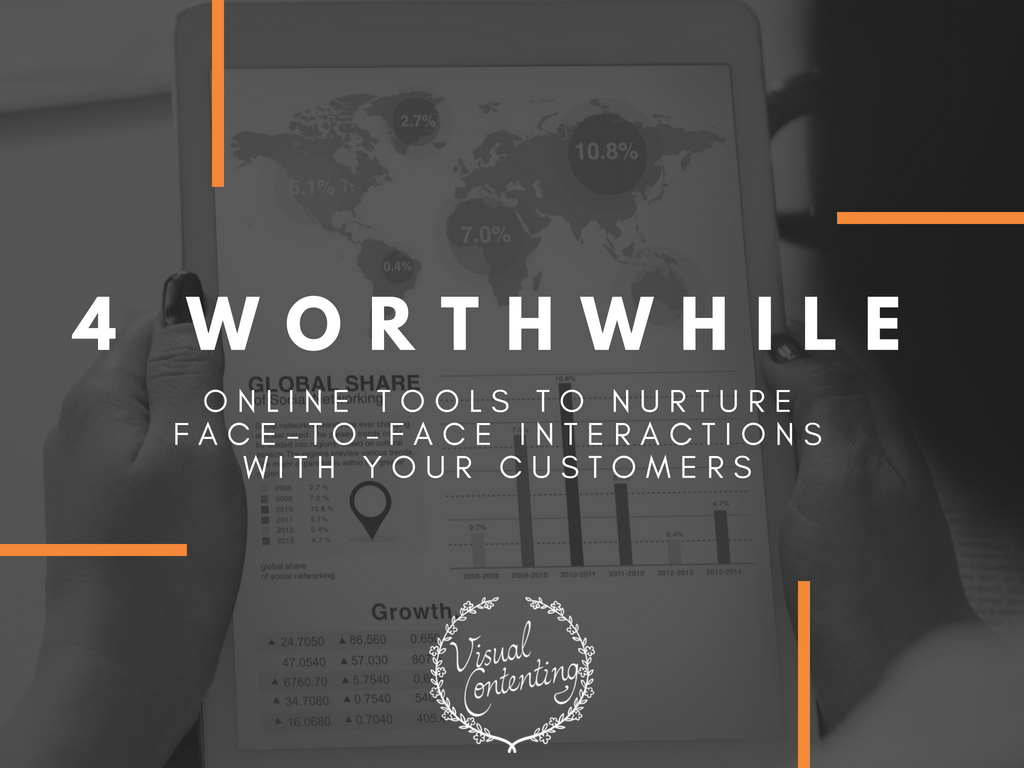If you entered a room with teenagers and asked who their favorite celebrities were, you would likely to hear names like Liza Koshy, Joey Graceffa, Shane Dawson, Elle Mills and Emma Chamberlain. These YouTube creators are the new celebrity - familiar faces and voices among Generation Z - everyone born after 1997.
These creators release original content and generate millions of views from their loyal audiences, who include teens who spend a median of 5 hours a day on their smartphone. This time is often allocated to YouTube, a recent study from Pew Research Center noted that 85% of teenagers (ages 13-17) watched YouTube, leading other platforms including Instagram, Snapchat and Facebook.
With 2019 on the horizon, it’s more important than ever for brands and marketers to pay attention to YouTube. Whether it’s partnering with creators or building out a brand’s YouTube channel.
In this infographic, filmora.io shares ways to grow a YouTube channel at each stage of the journey.

To sum up the infographic, here are 3 tips to get started:
1. Identify Trending Topics
When thinking about a video topic, consider the trends in a genre. In 2018, there was an 1100% increase in searches for the online game Fortnite. While ASMR videos, known as autonomous sensory meridian response, exploded. These videos often involve gentle whispering which gives viewers a tingly sensation, helping them relax or fall asleep.
Creators can integrate trending topics into their existing content. A beauty vlogger might shoot a makeup tutorial in ASMR, introducing their current audience to new content and driving new viewers through this highly searched topic.
2. Collaborate to Grow
A typical YouTube collaboration includes two creators with like-minded audiences who produce and appear in two videos together, with one video released on each of their respective channels.
This past year, beauty vlogger James Charles grew to nearly 10 million subscribers through high profile collaborations. Why does it work? Collaborations give existing viewers dynamic new content, but more importantly, creators receive exposure to a new audience through another channel. These viewers may click, explore and subscribe to the new channel they just discovered.
3. Leverage Other Social Media
While it’s important to stay focused on creating consistent content on a YouTube channel, one should also consider the extended network of the brand, which could include platforms like Instagram. Consider how video content can be distributed into bite-sized social content and how to use a platform to cross-promote.
Lifestyle vlogger, Chriselle Lim consistently uses her Instagram Stories to share her latest videos and her daily life — a way to keep her 760,000 YouTube subscribers connected to her and her brand.
Related Posts
Community manager at Visual Contenting. Jacqueline loves to talk about social media trends, new technology and how they help businesses accelerate their marketing efforts.







